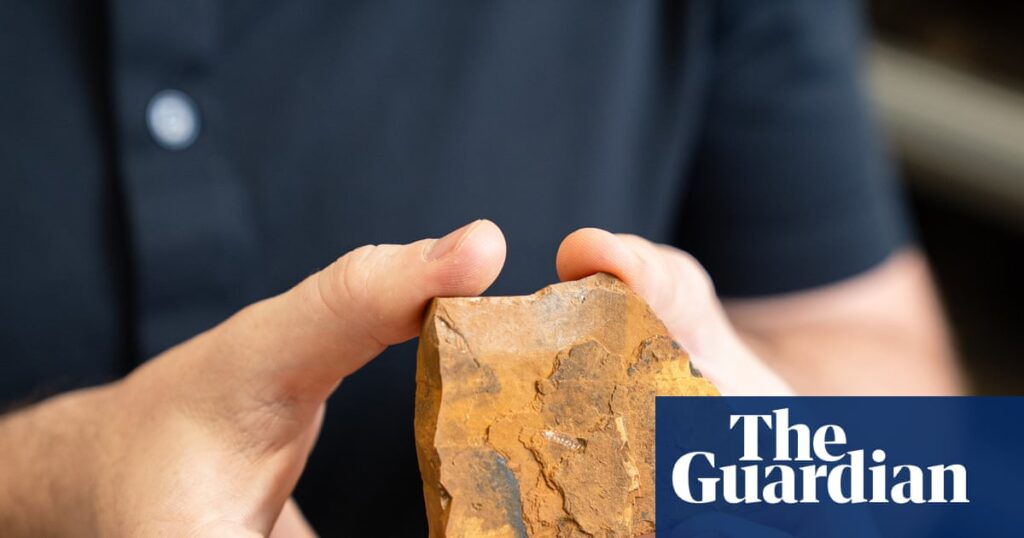
In a remarkable discovery that challenges long-held scientific assumptions, retired Australian teacher Robert Beattie has unearthed the oldest known fossil of a non-biting midge in the southern hemisphere, revealing a new species. The fossil, discovered in New South Wales, is approximately 151 million years old and offers fresh insights into the evolutionary history of insects.
Beattie’s fascination with fossils began in 1948 during a family holiday in Gerringong, New South Wales, when he stumbled upon a shell embedded in rock. This childhood find, later identified as a Permian fossil, ignited a lifelong passion for palaeontology. “I couldn’t believe it,” Beattie recalls. “I’ve been interested in fossils ever since.”
From Classroom to Fossil Fields
Throughout his career as a science and agriculture teacher, Beattie dedicated his weekends to fossil hunting, eventually studying palaeontology at Macquarie University in the 1960s. His association with the Australian Museum began in his teens, where he frequently contributed specimens from his expeditions.
Upon retiring at 59, Beattie immersed himself fully in his passion. In 2016, he presented his findings on tiny insects discovered at Talbragar, a fossil site in New South Wales, at a conference in Edinburgh. This presentation caught the attention of Dr. Viktor Baranov, a palaeontologist from Spain, who identified the specimens as midges.
Revolutionizing Scientific Understanding
In early 2020, Dr. Baranov visited the Australian Museum to examine Beattie’s specimens. Years of research confirmed the fossils as a new species of non-biting midge, now named Telmatomyia talbragarica. The findings, published in the journal Gondwana Research, suggest these insects originated in the southern hemisphere, challenging the belief that they evolved in the northern supercontinent of Laurasia.
“Robert collected these fossils over about a 10-year period,” says study co-author Dr. Matthew McCurry of the Australian Museum. “We really didn’t understand the importance until we started studying them quite recently.”
The discovery highlights the Podonominae subfamily of midges, which are nectar-feeding insects still ecologically significant today. Approximately 80% of their biodiversity is found in the southern hemisphere, supporting the hypothesis of a Gondwanan origin.
Addressing Geographical Bias in Fossil Research
Dr. McCurry notes that a geographical bias in fossil research has skewed scientific understanding. “If you look at any map of where fossils are being found, the hotspots are always in the northern hemisphere,” he explains. “We’re putting so much more effort into finding fossils in the northern hemisphere – that results in biases in our understanding of the past as well.”
“This midge in particular … is an example of the fact that when we actually do look in the southern hemisphere, there are fossils to find, and they can start to correct that understanding,” McCurry adds.
The fossil site at Talbragar, described as a “mud pond,” provided specimens at various developmental stages, offering a comprehensive view of the ancient ecosystem. The new species name, Telmatomyia talbragarica, translates to “fly from the stagnant waters.”
Continuing the Quest for Knowledge
At 82, Beattie remains an active research associate at the Australian Museum, with plans for a field trip to Penrose in New South Wales next month. Despite the significance of his discoveries, Beattie remains modest. “Oh, we all do it,” he says. “Lots of people find all sorts.”
Beattie’s discovery not only enriches our understanding of insect evolution but also underscores the importance of exploring under-researched regions. As palaeontologists continue to unearth fossils in the southern hemisphere, the narrative of Earth’s ancient past is poised for further transformation.







